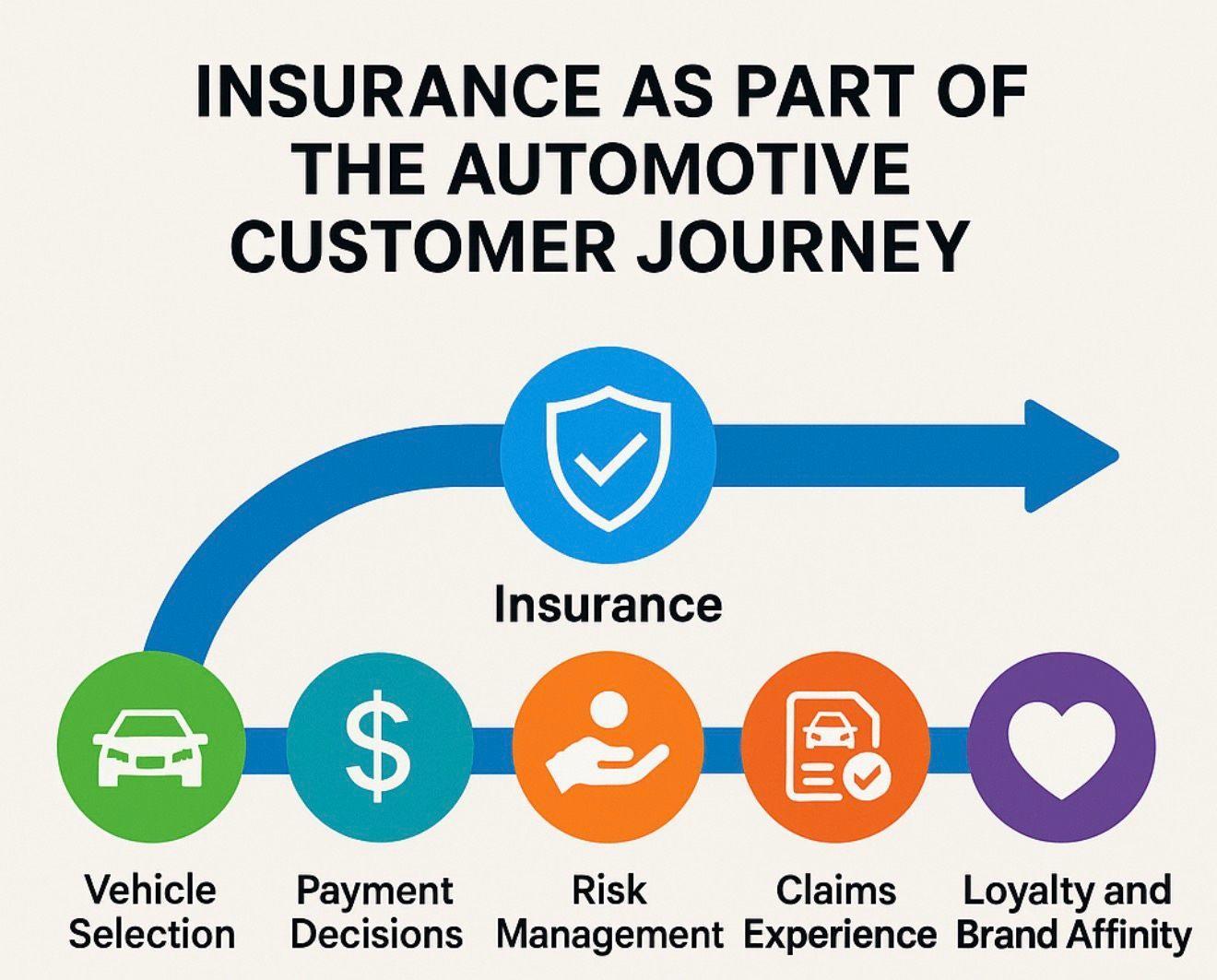News

Majesco to Acquire Vitech: Creates Insurance Industry’s Premier Technology Partner for Group & Benefits and Retirement & Pension Markets
The acquisition demonstrates Thoma Bravo’s and CVC’s belief in and commitment to Majesco and the insurance industry with the investment to accelerate insurance transformation
Majesco, the insurance industry’s foremost innovator in cloud-native, AI-native software for the P&C and L&AH segments, today announced that it has entered into an agreement to acquire Vitech, a provider of cloud-native pension and benefits administration software.
This acquisition will position Majesco as the premier market leader for cloud-native and AI-native core technology for the Group & Benefits and Retirement & Pension segments. Combined, Majesco will serve more than 375 customers including over 100 customers across the L&AH segment and over 275 customers across the P&C segment. The combined product portfolio will deliver greater value to insurers operating across both the P&C and L&AH market segments, with over 40% of insurers operating in both segments.
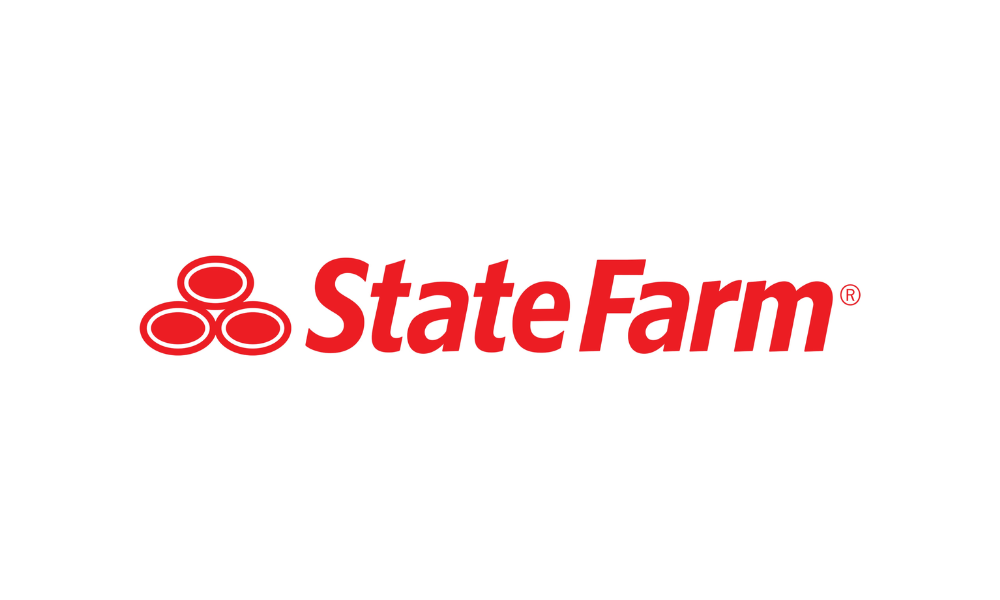
State Farm cuts auto rates in Georgia
Fraud crackdown and tort reforms drive declining auto rates in the region
State Farm has received approval for another personal auto rate reduction in Georgia - this time by 3%.
The Office of the Commissioner of Insurance and Safety Fire confirmed that State Farm Mutual Automobile Insurance Co.’s latest filing brings the company’s average auto rate decrease in the state to 10% over the past year.
State Farm Fire and Casualty Co. also received approval for a 1.5% personal auto rate cut, according to Best’s State Rate Filings. Together, these reductions are expected to ease costs for more than 2.12 million Georgia drivers.
Since December 2024, State Farm estimates that lower rates have saved policyholders roughly $400 million annually - about $190 per insured vehicle.
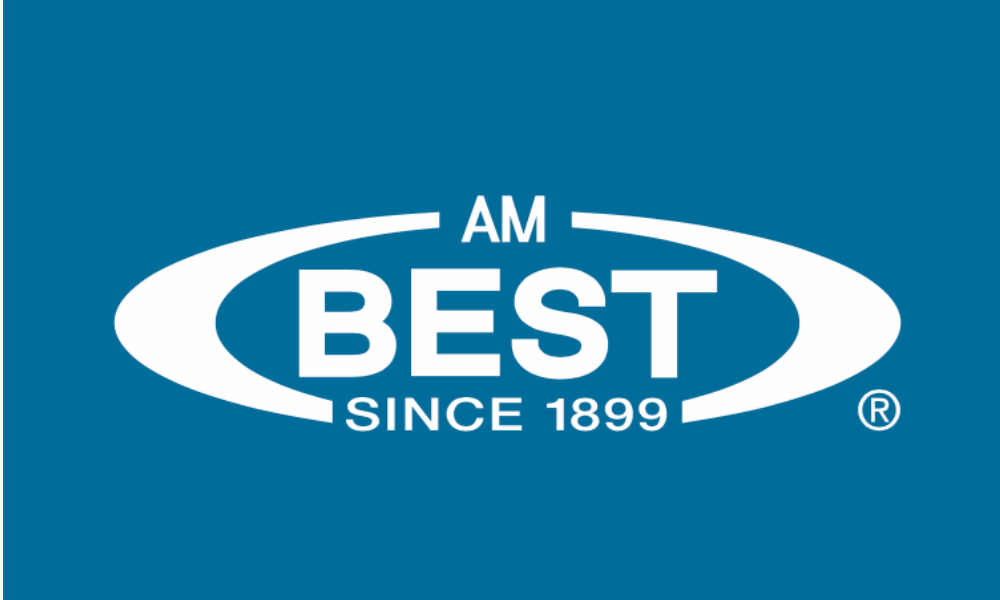
AM Best revises US E&S lines outlook
The ratings agency cites moderating premium growth and early signs of rate softening for the change
AM Best has revised its outlook for the US excess and surplus (E&S) lines segment to stable from positive, reflecting moderating premium growth and early signs of rate softening.
The review found that while underwriting and operating profitability remain supportive, rate momentum is easing in select classes and loss cost uncertainty, including social inflation and catastrophe volatility, requires caution.
The report highlighted that commercial property, directors' and officers' liability, cyber liability, and risks from the legal cannabis sector are increasingly moving into the E&S market. Rising weather-related catastrophes, higher rebuilding costs, and supply chain delays have also pushed more homeowners' business to surplus lines.
Are you an insurance innovator? Tell us — we want to hear your story
Delegated underwriting authority enterprises (DUAEs) are helping carriers develop customized coverage solutions, while global reinsurance, including the London market, remains a major participant. However, tighter collateral requirements, increased oversight for fronted programs, and rising data and reporting expectations, particularly at Lloyd’s and in the UK, are adding operational complexity.
Research
The technology underpinning successful insurance operations in 2025
Insurance in 2025 is a performance of precision, agility, and empathy. Behind the customer-facing apps, slick interfaces, and instant quotes lies a backstage operation that is finally being unshackled from decades of legacy systems.
While buzzwords are plentiful, real technology is driving this shift. To unpack this, FinTech Global sat down with a host of industry experts to reveal the innovations that underpin success today.
For decades, insurers have treated digital transformation as a veneer through the use of customer apps, portals, and chatbots, but the real craft happens backstage, where the machinery of operations hums, where data flows seamlessly, and where decisions are made not in isolation but in orchestration.
This operational neglect forced legacy platforms to creak under multi-entity operations, real-time reporting, and the increasingly complex web of dependencies that define modern portfolios. But for successful firms, this has now changed.
“Insurance is being reshaped by cloud-native platforms, AI, and automation. These technologies are breaking down silos between underwriting, claims, and finance, making data accessible in real time so that decisions can be made faster,” a Novidea spokesperson said.
Across underwriting, claims, and finance, AI and automation have moved from experiments to everyday expectations. Real-time intelligence is turning reactive processes into proactive ones. Firms no longer analyse data in weeks or months – they act as events unfold.

The Future of Workers’ Comp
Over the past two decades, building technology for complex, regulated industries, I've seen how legacy systems can persist long after the problems they were designed to solve have evolved.
Workers' compensation is one of those systems. Built for a different era, it now faces a modern workforce shaped by hybrid schedules, shifting risk profiles, AI integration, and rising expectations from both employers and workers.
Workers' comp needs today go beyond incremental upgrades, calling for a strategic shift. The tools we rely on must reflect how people actually work: connected, digital, intelligent, and adaptable. That means platforms built on cloud-native infrastructure, automation that reduces rework and lag, intelligence that drives decisions, and real integration across every part of the claims lifecycle.
A SYSTEM UNDER PRESSURE
While overall claim frequency has continued its long-term decline, dropping 5% in 2024 alone, according to the National Council on Compensation (NCCI), this doesn't necessarily signal improved efficiency. In fact, claim severity rose 6% in the same year, pointing to greater complexity and resource demands per claim. The trends vary widely by industry.
NCCI data shows remote office workers continue to see lower claim rates, while sectors like private education have experienced increases, particularly related to workplace violence. Restaurant-related claims declined in both 2022 and 2023, whereas other hospitality segments remained unchanged.
This uneven landscape challenges systems that were never designed for such variability. The result is delayed resolutions and missed opportunities to prevent disputes or speed recovery.
James Benham is the co-founder and chief executive officer of JBK
InsurTech/M&A/Finance💰/Collaboration
Federato’s $100M Signal: From Underwriting Intelligence to Platform Ambition | Insurance Innovation Reporter
The Goldman Sachs Alternatives-led Series D marks a turning point as Federato seeks to redefine how core insurance work gets done, beginning with underwriting and extending across the policy lifecycle.
Federato’s $100 million Series D round, led by Growth Equity at Goldman Sachs Alternatives (New York), stands out in a property/casualty InsurTech market that has seen very few pure-play software investments of this scale. But for Will Ross, co-founder and CEO of the San Francisco based company, the size of the round is less significant than what it represents.
“What we observed in the marketplace over the last 18 months was a considerable amount of acceleration in demand,” Ross says. “This round represents investor recognition of that momentum. It’s really about energizing further and accelerating what we were already doing. There’s no big pivot here.”
Founded in 2020 out of Stanford University and headquartered in San Francisco, Federato presents itself not as a point solution but as an AI-native platform built around underwriting intelligence—a function historically at the center of insurance outcomes, yet often underserved by traditional systems.
While the company has historically avoided disclosing hard customer counts or exact revenue figures, Ross confirms that Federato now operates at significant scale, with dozens of carrier and MGA customers, thousands of daily users, and revenue measured in the tens of millions of dollars.
Investing $50 Million into AI & R&D, Insurity’s Andromeda Software Release Brings AI, Real-time Risk Intelligence, True Rating Transparency, and Instant Frontline Productivity Capabilities to Carriers, MGAs, and Brokers
Insurity is the second largest insurance software provider, and its software is used by 500+ carriers and MGAs; these new capabilities change the landscape of how its clients compete and grow
Insurity, a leading provider of cloud-based software for property and casualty (P&C) insurers, brokers, and MGAs, today announced the launch of its Andromeda product release, introducing a new wave of capabilities and intelligent automation across its product portfolio. The release gives insurers the horsepower to drive measurable gains through faster quoting, sharper risk assessment, and lowering costs.
The Andromeda release introduces powerful new features across Insurity’s full product family, providing insurers with greater transparency, control, and speed across underwriting, policy, claims, and analytics. Major enhancements include:
Get instant, full transparency into premium calculations: See every rate, rule, and factor behind the number. Give underwriters the clarity and confidence they need for every quote, policy, and transaction across the entire policy lifecycle.
Model the most realistic catastrophic risk scenarios: Support advanced modeling and reinsurance scenarios with multi-ring accumulation and location-level financial calculations to bring more power and accuracy to catastrophe modeling.
Focus on the most profitable submissions: Remove guesswork and quickly identify the most profitable submissions to underwrite with intelligent, data-driven submission scoring. See claims data directly in underwriting workflows: Get a full picture of risk without switching systems by quickly reviewing claims data alongside policy information directly in the underwriting workflow to make faster, more informed decisions.
Empower field teams to reduce and prevent losses: Perform surveys or inspections on the go with an intuitive mobile app designed for field efficiency and cleaner data capture. Automate mid-term producer license verifications for workers’ comp: Stay compliant and remove manual work by validating agent and branch state licenses automatically when a new unit is added via endorsement.
These updates bring intelligent automation, enhanced usability, and stronger integration across the Insurity ecosystem, empowering insurers to turn everyday decisions into meaningful business advantages. The full list of Andromeda features is available on Insurity’s website.
Claims
IIHS: Large Blind Zones in Vehicles Increase Pedestrian Crash Risk
Vehicles with large driver-side blind zones are far more likely to strike pedestrians during left turns, according to new research from the Insurance Institute for Highway Safety.
In a study of nearly 4,500 pedestrian crashes in seven states, IIHS found that vehicles with large driver-side blind zones were associated with a 70% higher risk of hitting a pedestrian while turning left compared with vehicles that had small blind zones. Medium-size blind zones raised left-turn crash risk by 59%.
Awards
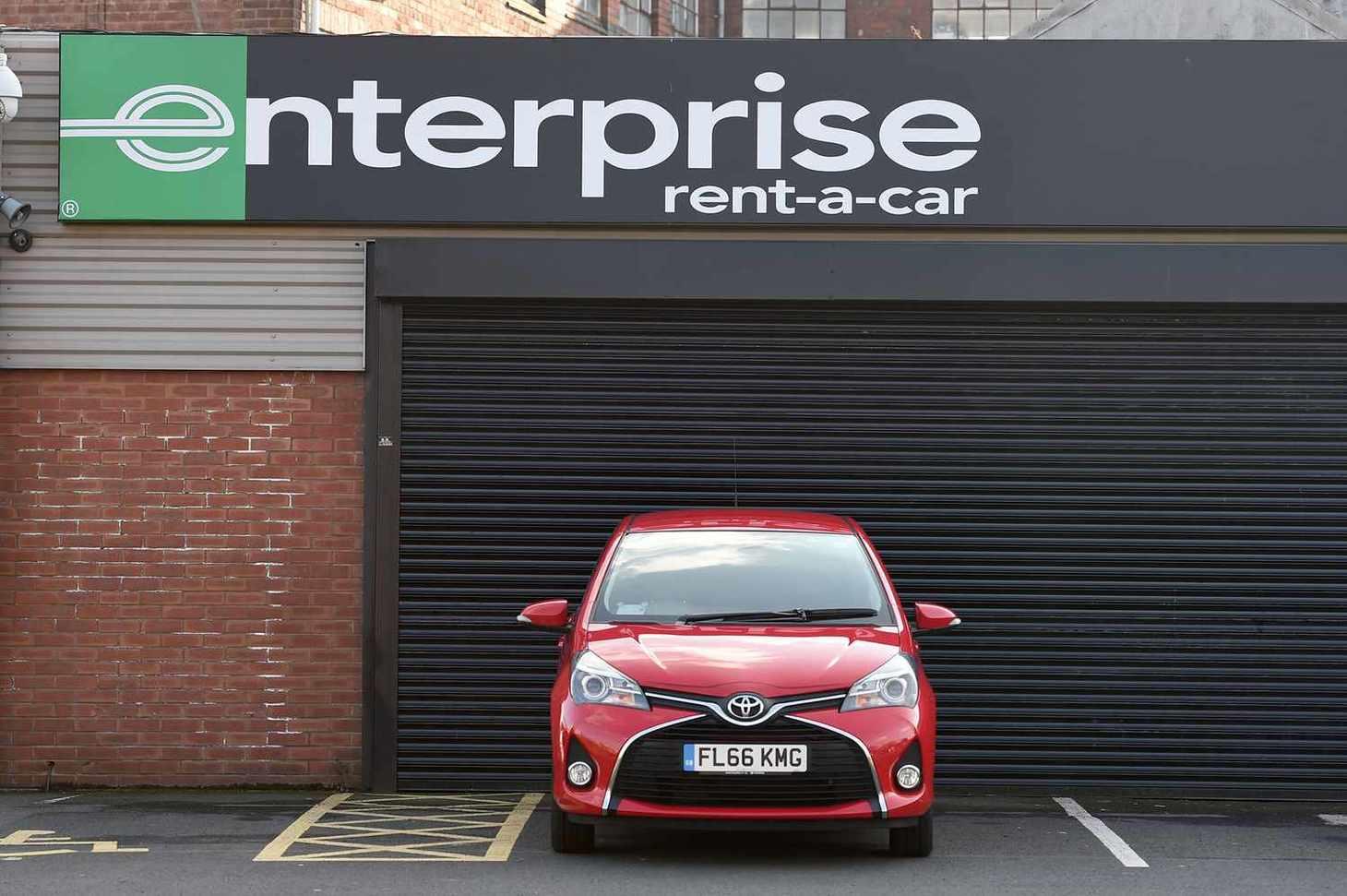
This Car Rental Company Is the Best in the U.S., According to Travel Advisors
Booking a rental car can be one of the most crucial parts of planning a trip. But with seemingly endless options, choosing the right one can feel tricky. Luckily, there are travel advisors to help.
Enterprise Rent-A-Car was named the best domestic car rental company in this year's Travvy Awards, which are produced by AGENTatHOME and TravelPulse and voted on by thousands of their readers. The awards ceremony took place on Nov. 6 in Fort Lauderdale, Florida.
Enterprise was followed by Hertz and then Avis Budget Group.
"Looking around at the industry leaders gathered here, it’s clear that travel has entered a new golden age defined by boldness and relentless quality," Eric Bowman, the editor-in-chief of TravelPulse, said in a statement. “The 11th Annual Travvy Awards is a sacred moment for us—a chance to truly spotlight the companies, destinations, and people who aren't just meeting demand, but elevating the entire experience."
People
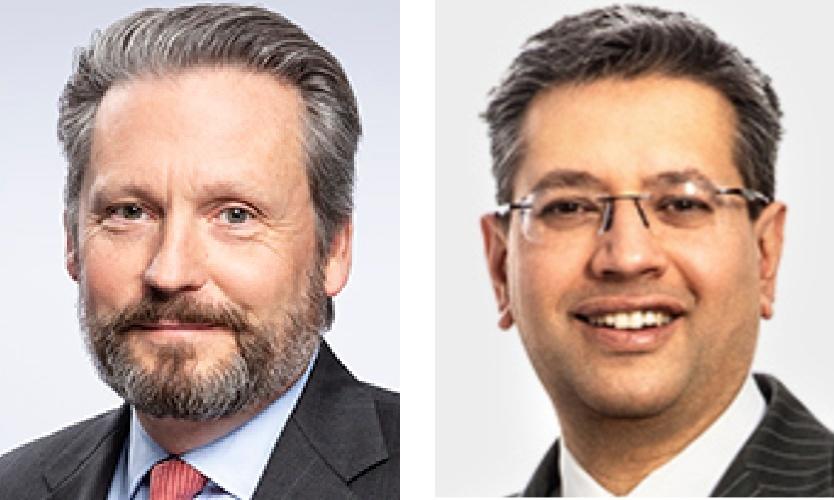
Crawford names Swain interim president, CEO as Verma steps down - Business Insurance
Crawford announced Friday it has appointed W. Bruce Swain as interim president and CEO, effective Jan. 1, 2026, following Rohit Verma’s decision to step down at the end of the year to pursue a new opportunity.
In an 8-K filing, Crawford said Mr. Verma’s decision to resign “is not due to any disagreement with the company.” Mr. Verma was appointed CEO of the Atlanta-based claims management firm in 2020.
Mr. Swain, who will also become a director of the company, has been executive vice president and chief financial officer since 2006. He joined Crawford in 1991.
Mr. Swain will get an annual base salary of $805,000, with a target annual bonus equal to 100% of base pay and a target long-term incentive award of $750,000 for 2026.
Holly Boudreau will succeed Mr. Swain as CFO starting Jan. 1. Ms. Boudreau is currently senior vice president of tax, treasury and finance transformation.
HOLIDAY TRAVEL

Thanksgiving 2025: Flights, Roads, and Hotels Bracing for Surge as Major Storms Disrupt Travel – Are You Ready for the Chaos? - Travel And Tour World
Thanksgiving 2025: Flights, Roads, and Hotels Bracing for Surge as Major Storms Disrupt Travel – Are You Ready for the Chaos?
As millions of Americans prepare for the busy holiday season, the 2025 Thanksgiving travel period is expected to be one of the most crowded in recent years, with 81.8 million people hitting the roads and skies. The travel surge, combined with a forecasted series of storms and inclement weather, could create serious disruptions, from flight cancellations to traffic delays and hotel overbookings.
With major storms moving across the country, including heavy rain and snow, travelers can expect long waits, delays, and increased stress as they try to make their way to holiday destinations. Airlines, including Delta, United, and Southwest, are preparing for this surge, but even the most prepared airline schedules may face challenges. Meanwhile, the hospitality industry braces for high demand with many top hotels across major cities already seeing bookings reach full capacity. Whether you’re flying or driving, it’s crucial to plan ahead and stay flexible to navigate the potential chaos of Thanksgiving 2025 travel.

